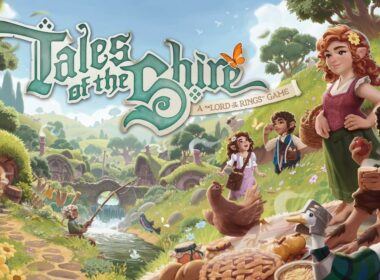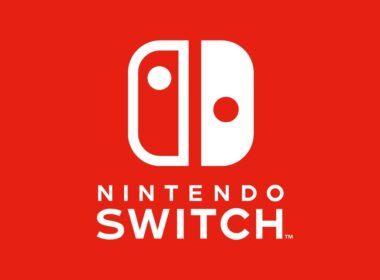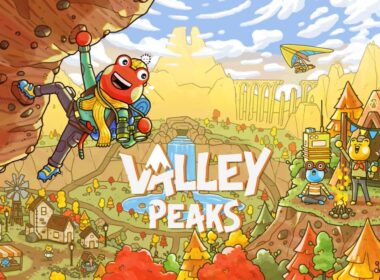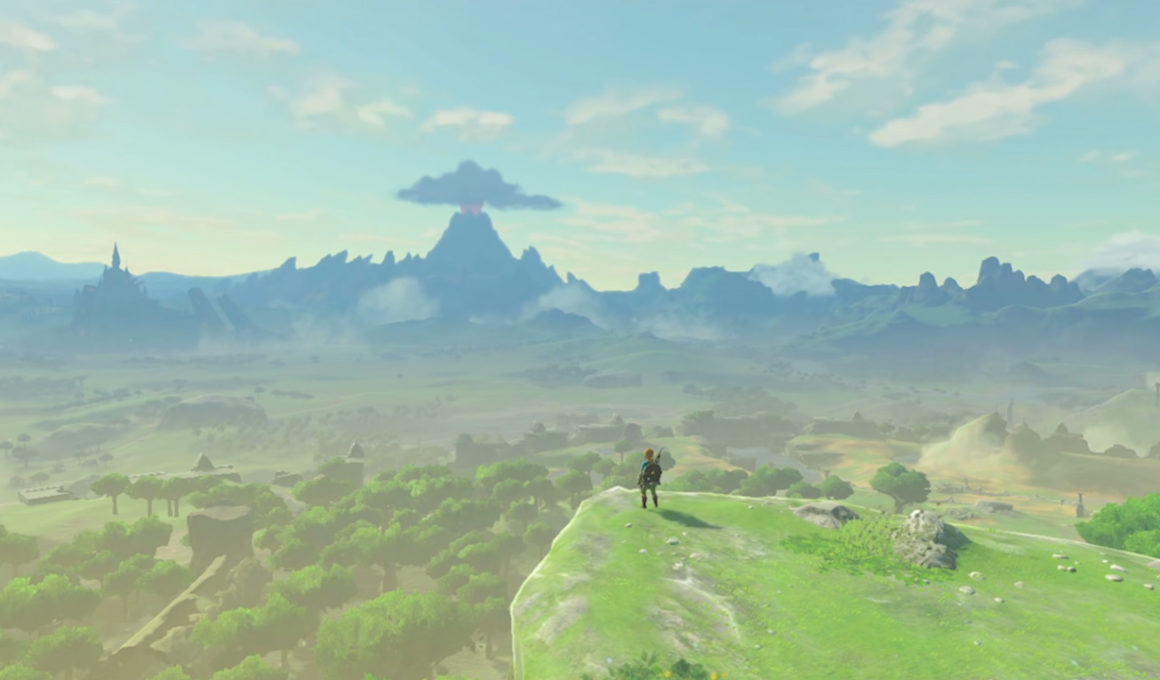It has been a long wait, but know that it was worth every second. The Legend of Zelda: Breath of the Wild is here, a resoundingly jubilant paradigm shift for a series born from the simple joy that Shigeru Miyamoto has when exploring the forests and caves that had surrounded his childhood home.
Hyrule lies in ruin. The Great Calamity was merciless, devastating everything in its path a century ago. Stories of Ganon had been passed between generations in the form of legends and fairy tales, but there was also a prophecy that forewarned that the demon king would soon be resurrected.
Even with their meticulous preparations, Hyrule was unprepared for the devious plan that Calamity Ganon had concocted. Defenceless in the wake of such power, Link, the appointed knight chosen by the sword that seals the darkness, was gravely wounded while defending Princess Zelda, and placed in the Shrine of Resurrection where his wounds could heal.
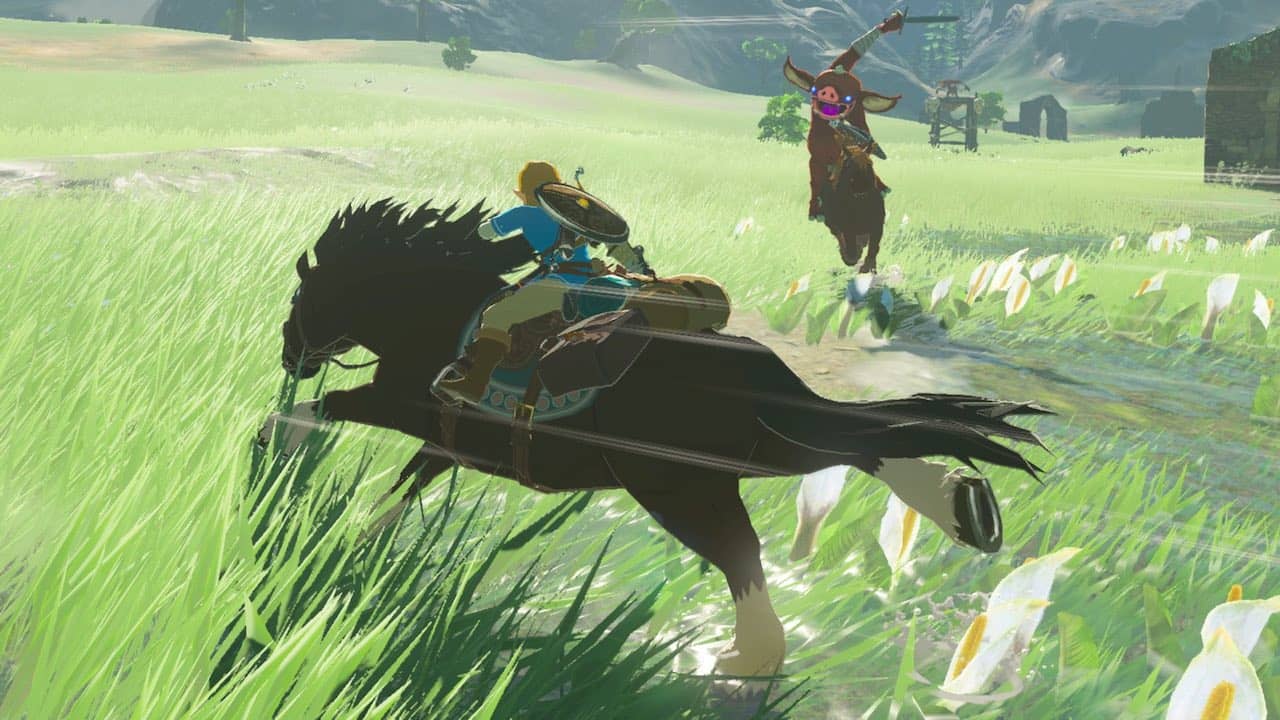
Waking a century later, Link learns that Zelda survived and continues to restrain Ganon from within Hyrule Castle. But, with her powers nearing exhaustion, the fate of Hyrule now rests on Link, who must save Zelda and annihilate Ganon before he has a chance to regenerate.
While it is important to know Link’s motive in The Legend of Zelda: Breath of the Wild, which we have known for some time, this open-air adventure lends an unrivalled and, perhaps, overwhelming sense of freedom for players to go wherever they wish, rather than being restricted to progress along a linear narrative path.
This can be seen as the game’s crowning glory, delivering a quest that is in keeping with the Nintendo Switch mantra of being able to play anytime, anywhere, with anyone. The Legend of Zelda: Breath of the Wild lets you go wherever, whenever you want, meaning that every player will wander their own path and have their own stories to tell about what they chose to do and discovered along the way.
It’s a remarkable departure that breaks with convention, seemingly unshackling Nintendo’s creativity to result in a world that hides secrets around every turn and never runs short on surprises. Hyrule has never felt so alive, and I never wanted the adventure to end. Not that there is a particular end, with everything that is left to discover.
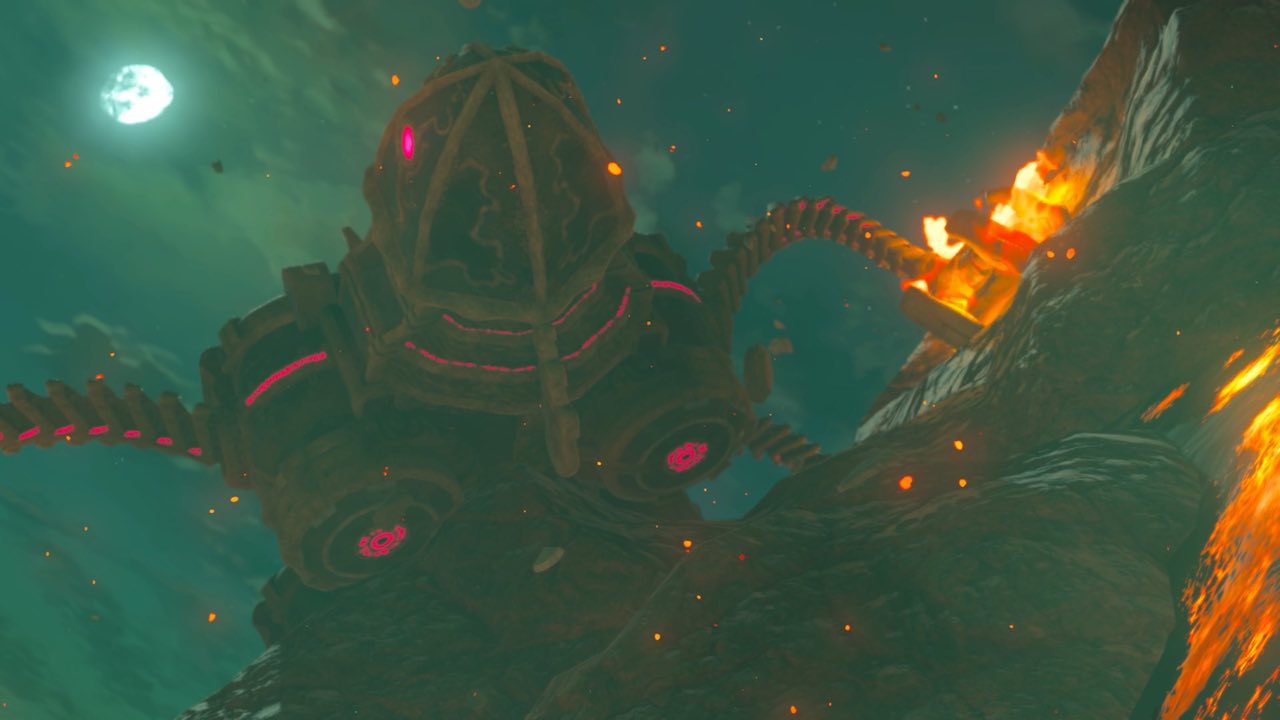
That being said, everyone will start on the Great Plateau. This will already be an area familiar to those that tuned in to the exhaustive Nintendo Treehouse Live @ E3 2016 coverage and acts as a necessary introduction to Link’s adventure.
Having received the Sheikah Slate when emerging from the Shrine of Resurrection, the Old Man that greets you after waking from your long slumber has the Paraglider, a tool that will let you sail through the sky and your only means of escaping the raised structure.
To earn it, players must first complete three Shrines scattered across the Great Plateau. Of course, you can ignore this challenge and spend as long as you like exploring, but these Shrines will unlock potent Runes powered by the Sheikah Slate.
These are crucial to the physics-based playground that Nintendo place you in, and you will have access to Remote Bomb, Magnesis, Stasis and Cryonis over the course of the game. Remote Bomb, as it sounds, will let you create a spherical or cuboid explosive to detonate as you wish. Magnesis will let you manipulate metallic objects, Stasis will stop the flow of time for a particular object letting it store kinetic energy before time resumes, while Cryonis lets you create icy pillars on water surfaces.
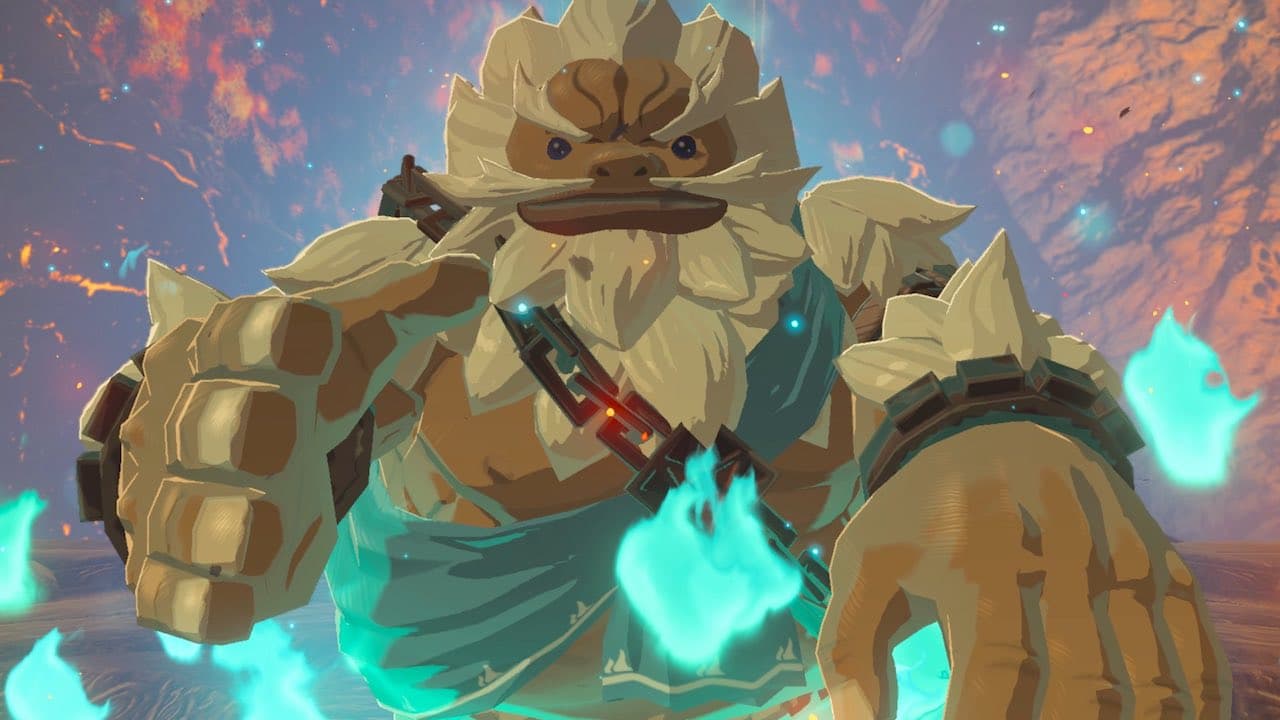
As we have come to expect, Nintendo puts these gameplay mechanics to use in particularly inventive ways. Those moments largely come in Shrines, of which there are more than 100 scattered across Hyrule. Whether in plain sight, hidden in mind-boggling labyrinths or revealed after completing one of many Side Quests, these Sheikah contraptions modernise Nintendo’s penchant for puzzles in impressive ways that constantly surprise.
I have had to tilt my controller to roll a ball around a maze, rotate a cube with switches to ignite torches on all sides, battle well-equipped Guardians, and even look to the stars to uncover a solution, and, post-completion, I have spent another 10 hours or so hunting down Shrines to take on whatever challenge they pose.
With treasure chests placed slightly out of reach to distract you from concentrating on their puzzle, it is the Spirit Orbs that the Shrines award you upon completion that are most valuable. When praying to the goddess Hylia, four Spirit Orbs can be traded to receive a Heart Container or Stamina Vessel, letting you take more damage before being greeted by the Game Over screen or increasing the size of your Stamina Wheel – meaning that you can run or climb for longer before Link becomes tired.
Korok Seeds are another collectable that can occupy your time, received from the adorable, leaf-masked wooden people that are hidden across Hyrule. Players will need to dive headfirst into lily pad circles, drop apples before Hylia statues and track a route marked by a flower to obtain them, and these lost Korok Seeds can be returned to the maraca-wielding Hestu to expand your inventory size – letting you hold more weapons, bows or shields.
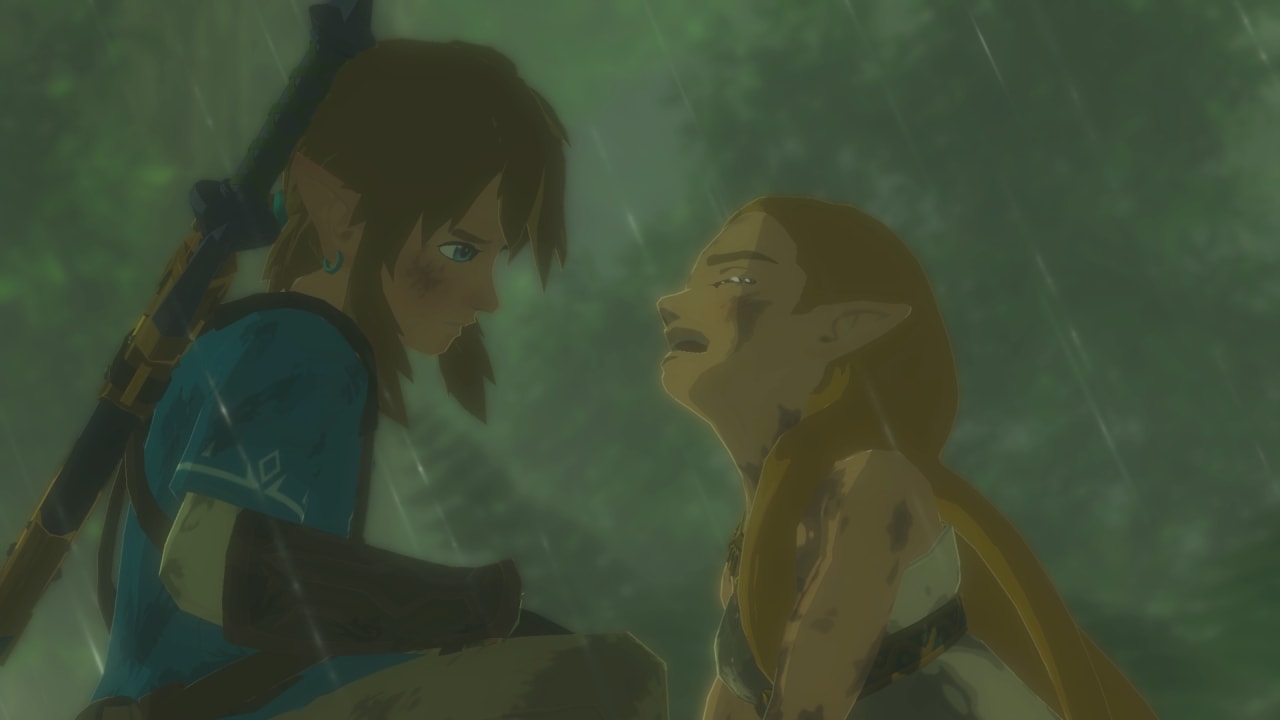
These will become increasingly important as you adventure beyond the Great Plateau, whether you want to journey to Death Mountain, trek through Gerudo Desert’s dizzying heat, bask in the beauty of Zora’s Domain, or brave Hyrule’s snowiest regions. In a similar way to Xenoblade Chronicles or the outrightly devious Dark Souls series, The Legend of Zelda: Breath of the Wild can often feel like a triumph over adversity. Mountains that are too high to climb or fierce enemies that you have to evade early on will, in time, become more manageable to overcome with a larger Stamina Wheel and mightier weapons that deal more damage. All achieved while Calamity Ganon swirls around Hyrule Castle in the distance – a constant reminder of the toughest battle that you are still to face.
Even combat feels particularly dynamic, players free to choose whether to sneak up on enemies to pick them off from afar, let loose with explosive Bomb Arrows, or charge in on horseback wildly swinging weapons with a lengthier reach. Those that go toe-to-toe with their enemies can rely on parry moves to open up a window of opportunity or dodge attacks at the last second to activate a slow-motion Flurry Rush.
Clothing is equally important to consider, not only in that they have defence values, but certain clothes will be necessary to survive in hot or colder climates. These bonuses can be strengthened when a full set is worn, and there are outfits that will increase Link’s climb speed or attack power as well as those that will help you move more silently. When you have found your favourites, Great Fairies hidden in the world can enhance their values, which can similarly help you take on meaner foes.
Link has never felt so empowered, and, more importantly, personalised to how the player chooses to strengthen him over time. With the name having been chosen to represent the ‘link’ between the player and character, that has never been more apt.
You will also gather ingredients on your travels, and cooking will soon be an integral part of your preparations. There is a lot of experimentation here unless you stumble on a recipe in a book somewhere, but Nintendo has made this particularly fun, as players look to create meals by combining five ingredients that can refill lost hearts, provide elemental resistances, ward off the cold, or temporarily expand the Stamina Wheel. It is exciting to see whether you have been successful, or if your creation will result in lacklustre Dubious Food that reminds me of my student days.
When climbing any surface or galloping across Hyrule Field on horseback, The Legend of Zelda: Breath of the Wild never fails to impress in its scale or meticulous world-building. The player is encouraged to clamber to vantage points, surveying their surroundings and marking anything of note on their map – whether that be Shrines, Stables where you can board your horse, Resurrection Towers that will reveal the map or other points of interest.
Hyrule is a captivating world that, despite how fantastical it all is, has never felt more believable. That is not only helped by the breathtaking views but the people and wildlife that inhabit it. Everyone goes about their daily lives, and, with the dynamic weather system, react to how it changes – running indoors to then complain about the rain, for example. It also presents problems in combat, where, when caught in a thunderstorm, you will need to quickly switch from any metallic weapons you are wielding to avoid being struck.
You will encounter animals everywhere that you roam, and I have often stopped to watch eagles soaring overhead, or to see foxes yawning in the distance. The animation is incredibly realistic, and certainly something that everyone should take the time to appreciate.
The soundtrack, which impressed so readily in the Nintendo Switch Presentation 2017 trailer, is different to everything that has come before, in that it is more incidental and minimalist in nature. There are riffs of familiar melodies interwoven with the new compositions, a particular favourite being heard in Rito Village, but the music never fails to capture the essence of what makes The Legend of Zelda: Breath of the Wild tick.
It isn’t all plain sailing, however. While Nintendo’s open world readily impresses, there are issues with object pop-in, and the frame rate can stutter when there is a lot happening on-screen. These are issues that such large-scale games have long faced, impressive more so in that there aren’t loading screens unless you are entering a Shrine or warping to another location, and were never enough to detract from what is an otherwise engrossing tale.
It was said that Nintendo Switch has inherited DNA from each of the many hardware systems that Nintendo has released. In a similar sense The Legend of Zelda: Breath of the Wild, while successfully breaking from many long-held conventions, is still built around familiar ideals that saw everyone fall in love with the series in the first place.
The Legend of Zelda: Breath of the Wild delivers the adventure of a lifetime, and it is exciting that it will thrive on shared experiences around the way that everyone chose to interact with the world before them. We have long awaited the day that Ocarina of Time was dethroned, and here we have a renewed blueprint that will similarly have a momentous impact on where the series is steered next.
How appropriate it is, then, that The Legend of Zelda: Breath of the Wild will be remembered as a legend in its own right and, perhaps, the greatest game that Nintendo has ever created. Never has a world impressed me so much.
Version Tested: Nintendo Switch
Review copy provided by Nintendo

